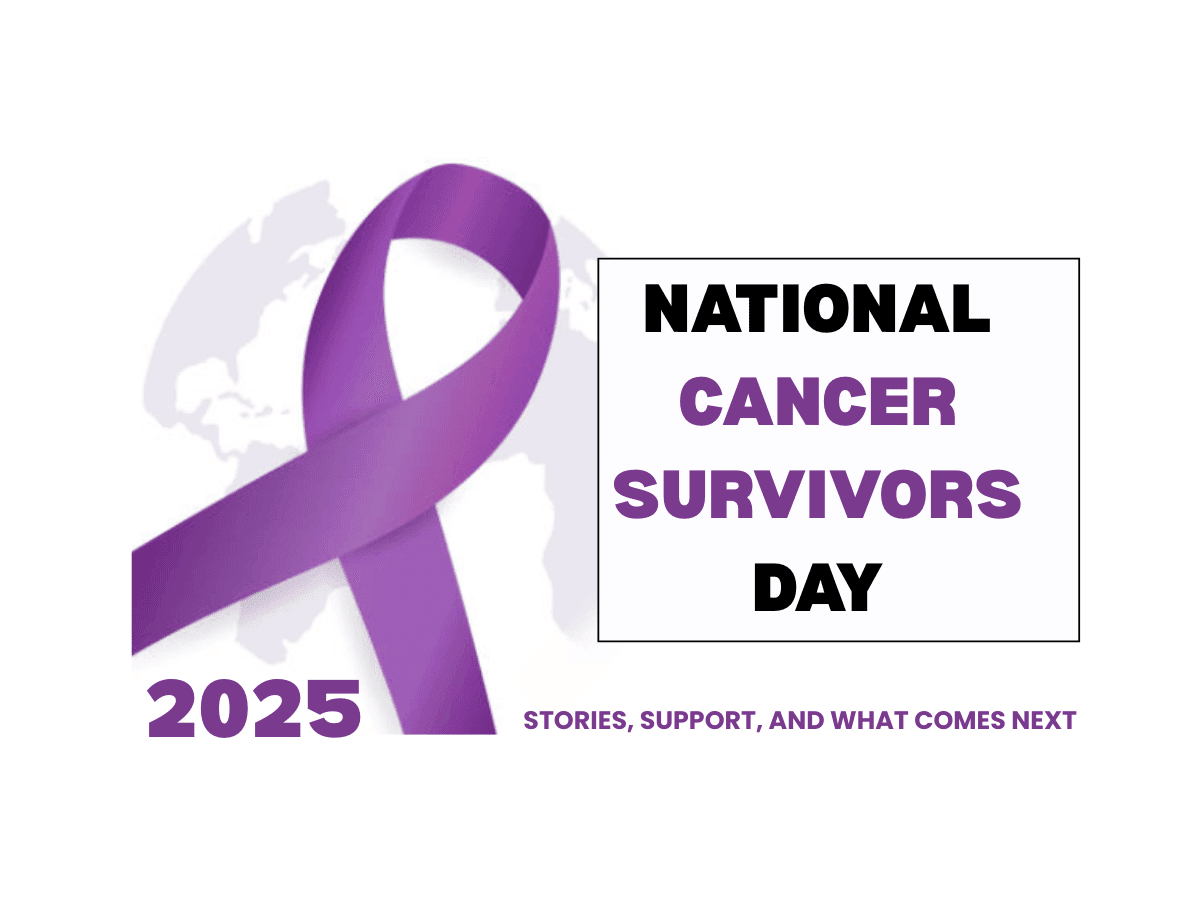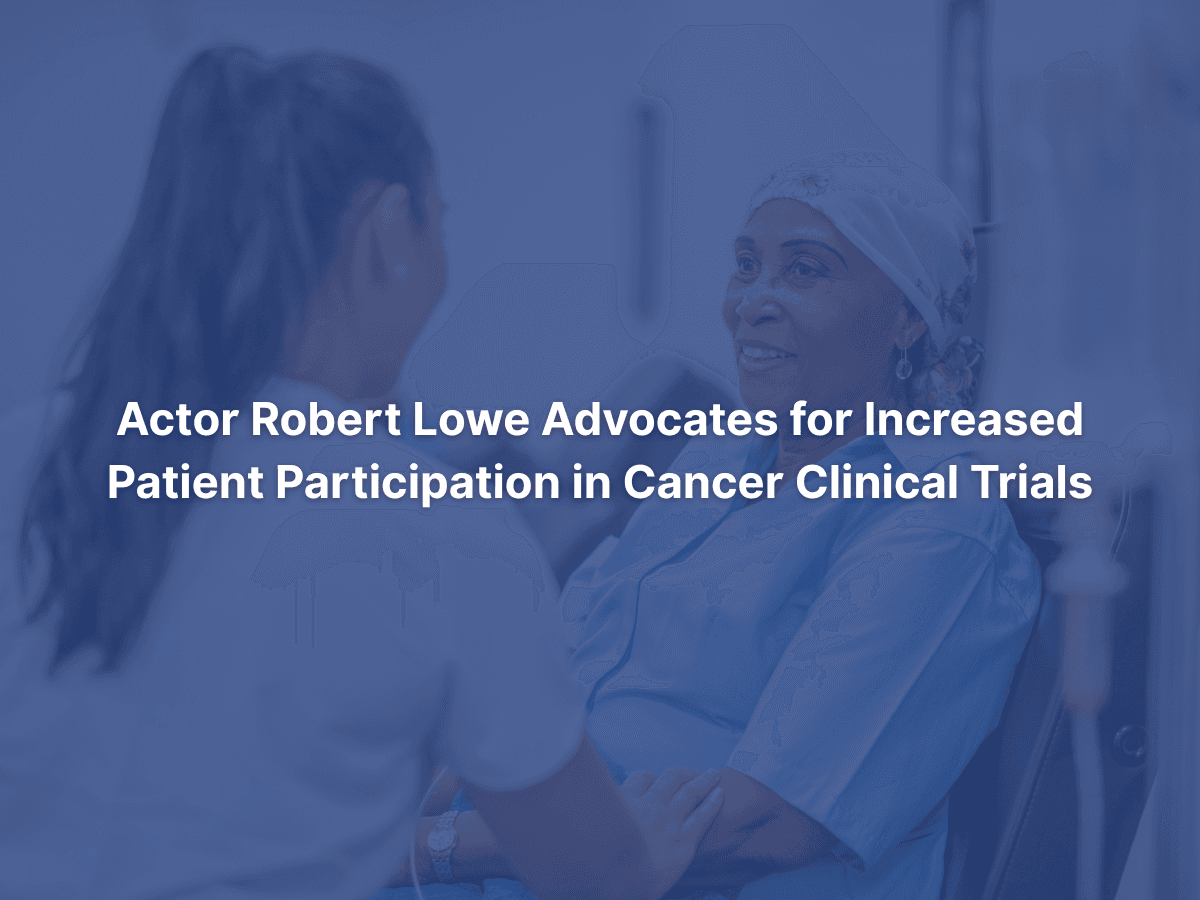
The Cancer News
AN AUTHORITATIVE RESOURCE FOR EVERYTHING ABOUT CANCER
National Cancer Survivors Day 2025: Stories, Support, and What Comes Next

Cancer may be a cellular disease, but its impact begins and ends with people. As of January 2022, more than 18 million Americans with a history of cancer had survived the battle against this malignancy. That number is projected to reach 22.2 million by 2030.
On Sunday, June 1, 2025, communities across the country will come together for the 38th annual National Cancer Survivors Day, a celebration that honors individuals who have faced cancer, highlights the ongoing challenges of survivorship, and offers hope for the road ahead.
What Happens After Cancer Treatment Ends?
A cancer survivor is defined as anyone living with a history of cancer, from the moment of diagnosis through the rest of their life. The rapid pace of medical innovation through earlier detection, more effective treatments, and better supportive care has helped make this progress possible. But survivorship is not just a medical milestone. It is also the result of a growing and aging population. The real question is: What happens after survivorship? How do survivors cope with the physical and emotional toll of treatment and the tumultuous journey they have just endured?
In a report published in the Journal of the National Cancer Institute, a 48-year-old patient named N.A. was diagnosed with non-Hodgkin’s lymphoma at age 25 while in graduate school. After chemotherapy and radiation, he remained in remission for 23 years. But around 13 years after his diagnosis, he developed congestive heart failure and nearly went into cardiac arrest. He faced numerous treatment-related complications, each one introducing him to yet another specialist. He described feeling "homeless" in the healthcare system and frustrated by how slowly survivorship research translates into better care for people like him.
Cancer Survivorship Challenges
Survivorship extends beyond the end of treatment. Many survivors face long-term challenges that affect their physical, emotional, cognitive, and mental health. The effects of cancer often persist well after treatment ends, with survivors navigating increased medical costs, difficulty securing health and life insurance, job instability, and lasting financial strain.
They may also face an increased risk of second cancers or other chronic conditions. This can trigger anxiety, fear of recurrence, and emotional distress, which in turn can strain relationships and mental health. Access to specialists and promising treatments is often limited, especially for those outside major medical centers.
How to Support Quality of Life After Cancer
According to the American Cancer Society, adjusting to life after cancer involves staying positive, learning to live with uncertainty, and seeking support through counseling, support groups, or spiritual/religious practices. Regular exercise can help reduce depression, strengthen the immune system, lessen treatment side effects, and improve overall quality of life. A healthy diet also plays a key role in recovery and long-term wellness.
Health Equity in Cancer Survivorship
Disparities in survivorship remain a significant issue. Racial and ethnic minorities and medically underserved populations are more likely to experience adverse side effects, poor quality of life, and financial hardship after a cancer diagnosis.
One study, led by Dr. Memnun Seven, a speaker at Binaytara’s Summit on Cancer Health Disparities, examined how social determinants of health affect stress and quality of life among non-Hispanic Black and Hispanic cancer survivors. The research found that survivors with lower Body Mass Index (BMI), lower fruit and vegetable intake, and those who identified as African American or Black (compared to Hispanic) had higher morning cortisol levels, indicating elevated stress.
Speaking on these challenges, Dr. Seven said:
When I work with cancer survivors, especially from underserved communities, they report feeling isolated. They feel lonely, overwhelmed by the long-term problems of cancer. I wish we didn’t have to advocate so hard for our patients if the system were already designed to deliver fair and equitable care. Going into communities, listening, and finding solutions driven by their needs—that’s what matters.
Core Elements of Survivorship Care
Survivorship care is essential to address the lasting effects of cancer and its treatment. According to the 2006 Institute of Medicine report, there are four key components of survivorship care:
- Prevention and detection of new and recurrent cancers
- Surveillance for cancer spread, recurrence, or additional primary cancers
- Intervention for the lasting effects of cancer and its treatment
- Coordination between specialists and primary care providers to ensure all of a survivor’s health needs are met
Since then, several recommendations have been made to improve survivorship care, including making survivorship care accessible and affordable, personalizing and optimizing treatment to reduce long-term harm, and advancing research and data equity.
National Cancer Survivors Day: A Call to Celebrate and Advocate
National Cancer Survivors Day is a celebration of life and resilience. Led by the National Cancer Survivors Day Foundation, this annual observance is also a call to action for more research, better resources, and increased public awareness. This day encourages individuals and communities to host celebrations, raise awareness about survivorship issues, and advocate for change. These actions honor the strength of survivors, boost morale, and help improve quality of life through stronger advocacy for resources, research, and legislation. For more information on how to participate, visit the National Cancer Survivors Day Foundation or explore resources from the American Cancer Society.





